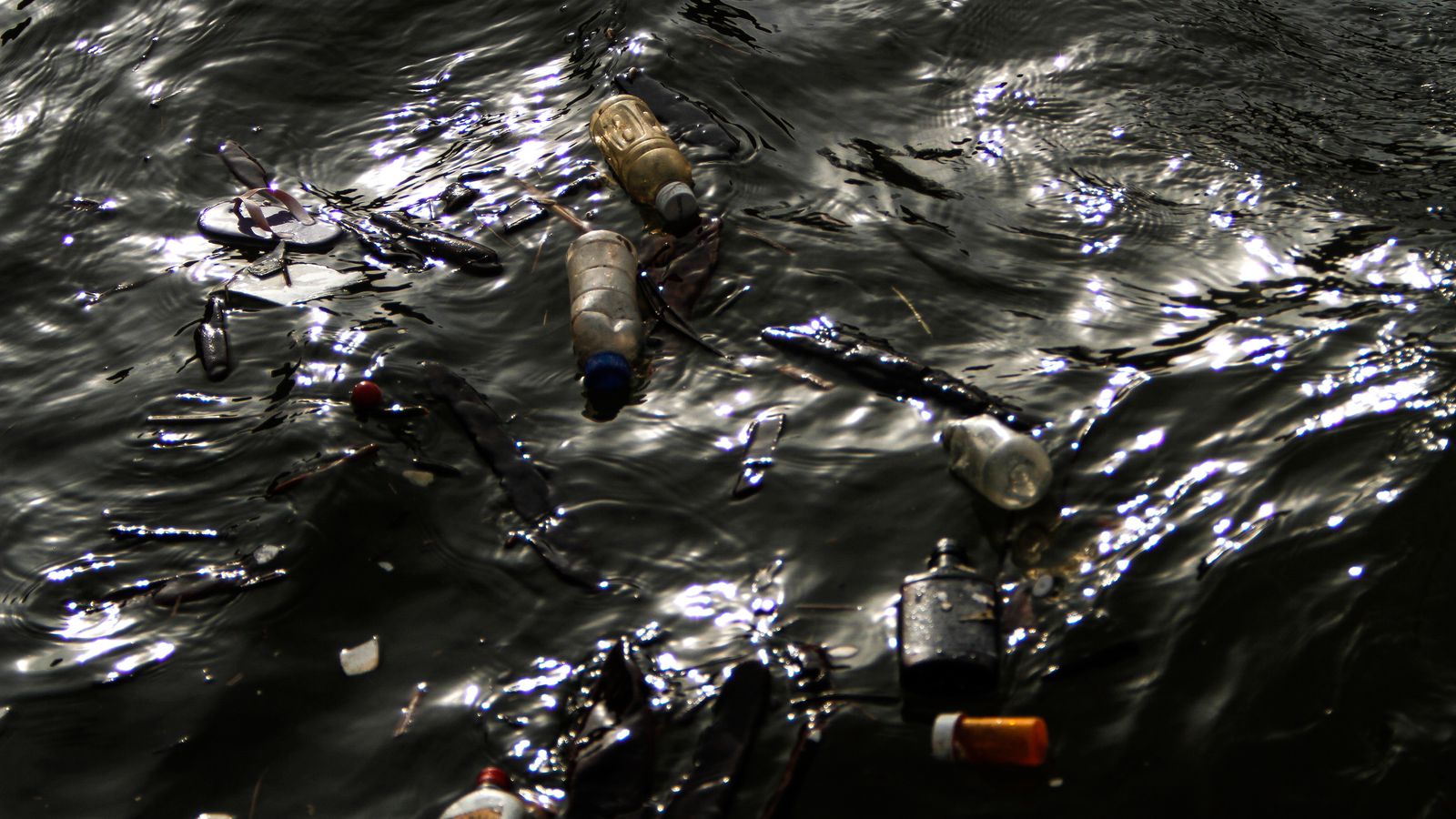Road salt on the city’s bridges raised the river’s chlorine levels, making the water more corrosive. This has continued into the present and may have been one reason poorly-treated Flint River water was so damaging to metal pipes.
I shared this because my city doesn’t use rock salt during winter, and its pretty inconvenient as a driver. So I was surprised to learn why.
It’s disingenuous to say it’s the PRIMARY contributor, but it is a factor!



Except that reference isn’t about I-35W, it’s about the Lake County Grand River Bridges.
ETA: Page xiii
_The National Transportation Safety Board determines that the probable cause of the collapse of the I-35W bridge in Minneapolis, Minnesota, was the inadequate load capacity, due to a design error by Sverdrup & Parcel and Associates, Inc., of the gusset plates at the U10 nodes, which failed under a combination of (1) substantial increases in the weight of the bridge, which resulted from previous bridge modifications, and (2) the traffic and concentrated construction loads on the bridge on the day of the collapse. Contributing to the design error was the failure of Sverdrup & Parcel’s quality control procedures to ensure that the appropriate main truss gusset plate calculations were performed for the I-35W bridge and the inadequate design review by Federal and State transportation officials. Contributing to the accident was the generally accepted practice among Federal and State transportation officials of giving inadequate attention to gusset plates during inspections for conditions of distortion, such as bowing, and of excluding gusset plates in load rating analyses.
Before determining that the collapse of the I-35W bridge initiated with failure of the gusset plates at the U10 nodes, the Safety Board considered a number of potential explanations. The following factors were considered, but excluded, as being causal to the collapse: corrosion damage in gusset plates at the L11 nodes, fracture of a floor truss, preexisting cracking, temperature effects, and pier movement._
Good thing you read more of it than I did. I just searched the document for the word “salt”!
I was surprised to hear the claim too. I thought I had read years ago that it was metal fatigue at the welds. Akin to a paper clip being bent to many times some of the welds fatigued to failure due to years of flexing.